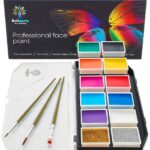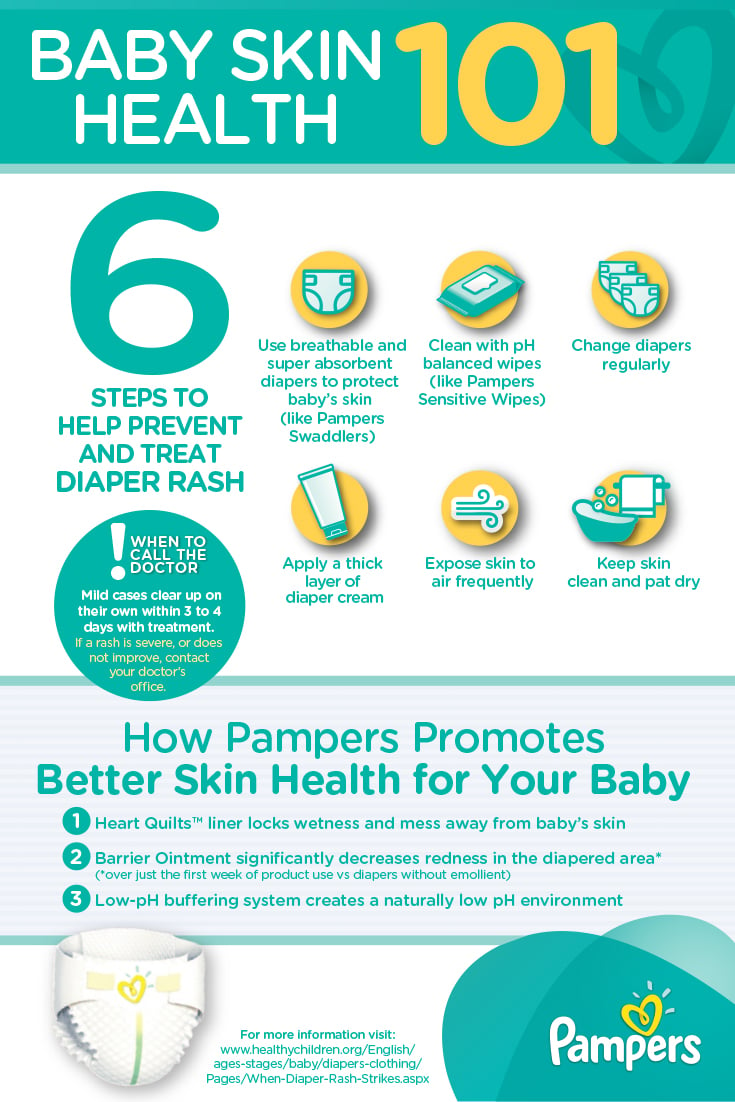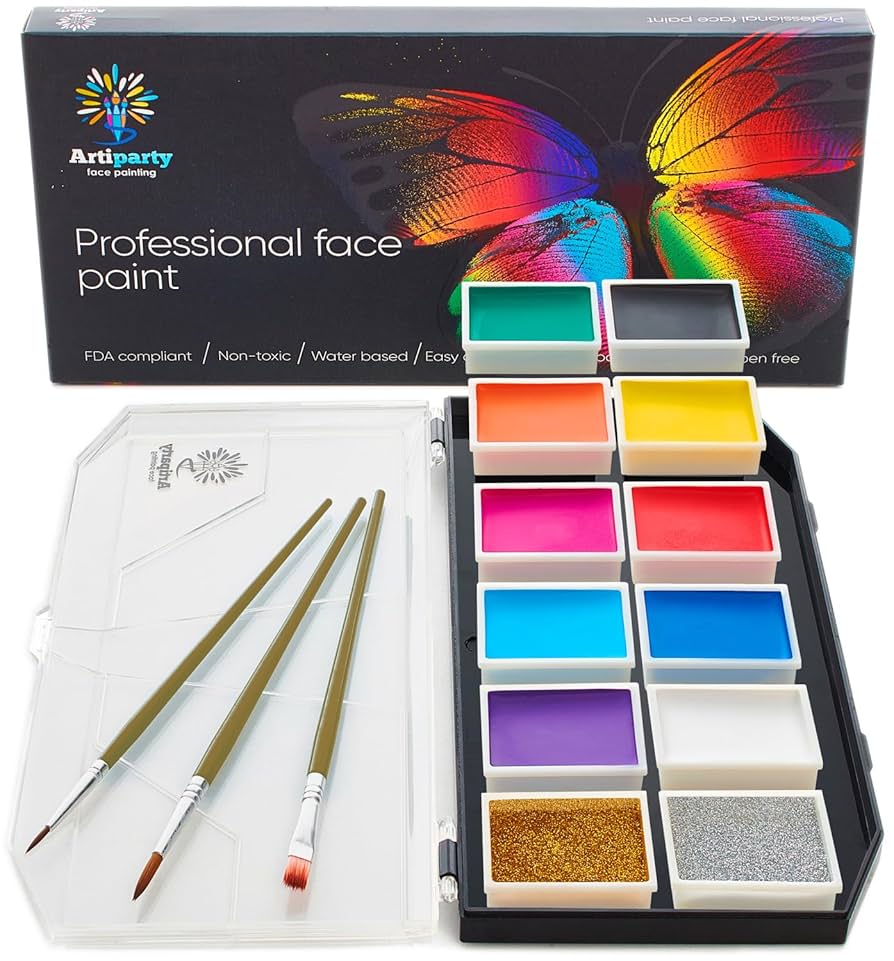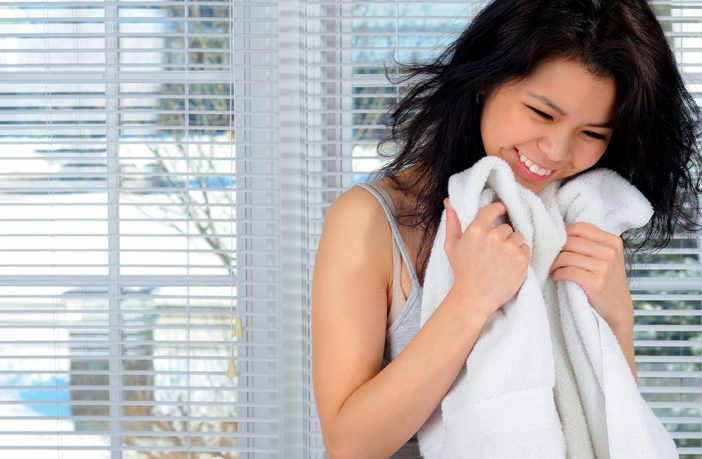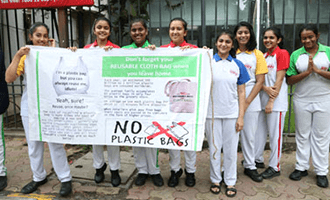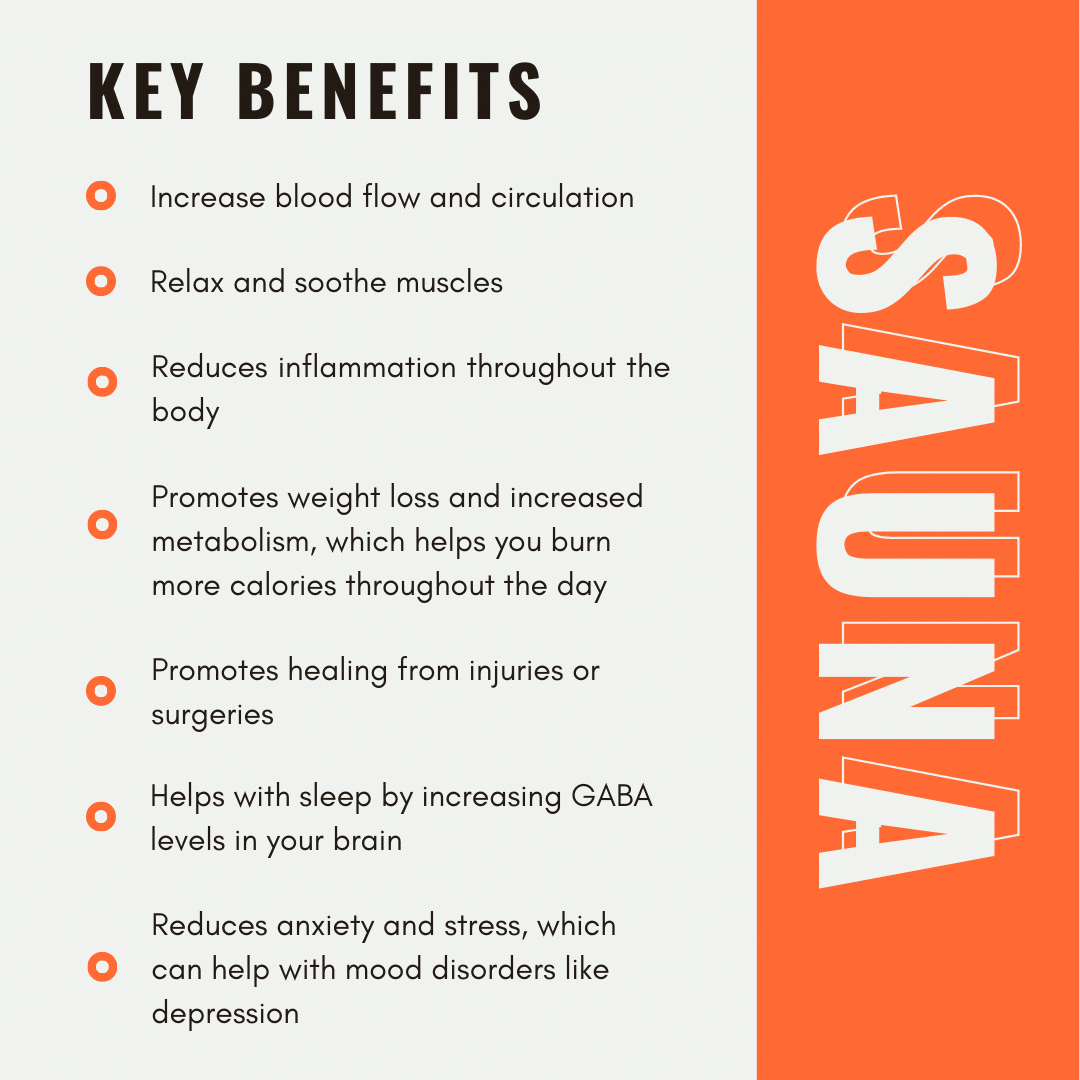Diaper rashes can be a distressing issue for both babies and parents alike. Understanding the causes and taking preventative measures is key to ensuring your little one's comfort. Preventing diaper rash with healthy, chemical-free diapers not only protects your baby's delicate skin but also promotes overall wellness.What Are the Common Causes of Diaper Rash?
Diaper rash is often caused by extended exposure to wetness, friction from the diaper, and contact with irritants like urine and feces. Additionally, new foods in a baby's diet can change stool consistency, contributing to rash development. Inadequate air flow and a tight diaper can also create a hot, moist environment that is conducive to rashes.
Understanding these causes is essential for preventing diaper rash. Parents should be vigilant about changing diapers frequently and ensuring that the diaper area is clean and dry.
Let's not forget that chemical irritants found in some diapers and baby products can also lead to rashes. Hence, selecting the right diaper is crucial.
How Can Healthy, Chemical-Free Diapers Help Prevent Diaper Rash?
Chemical-free diapers are made without harsh irritants like chlorine, fragrances, and dyes, which are known to cause skin reactions. Diapers that are free from these chemicals provide a gentler alternative for a baby's sensitive skin.
Natural materials often present in eco-friendly diapers allow the skin to breathe better, thus reducing the risk of a rash. This is especially important for babies with allergies or sensitive skin.
Regular diaper changes and a fitting diaper size also play a significant role in preventing diaper rash. It's advisable to check the diaper every two to three hours and change it as soon as it's wet or soiled.
What Are the Best Natural Remedies for Diaper Rash?
- Aloe Vera - Known for its soothing properties, aloe vera gel can help calm inflammation and heal the rash.
- Breast Milk - Surprisingly, breast milk has healing properties that can be beneficial in treating diaper rash when applied topically.
- Apple Cider Vinegar - Diluting apple cider vinegar with water to clean the diaper area can help combat yeast infections, which can cause rashes.
- Zinc Oxide - A natural barrier cream containing zinc oxide can protect the skin from moisture while healing the rash.
These remedies should be used with caution, and parents should consult a pediatrician if they have concerns about using these natural options.

When Should You Consult a Pediatrician About Diaper Rash?
If the rash persists despite home treatment or if it seems unusually severe, it's important to consult a pediatrician. Signs of infection like fever, blisters, or pus-filled sores also warrant medical attention.
Keep in mind that certain types of diaper rash, such as those caused by bacterial or yeast infections, may require prescription medication.
A pediatrician can also provide guidance on preventative care and recommend appropriate chemical-free diaper products.
What Are the Key Ingredients to Avoid in Diapers?
Parents should be wary of the following ingredients when choosing diapers:
- Chlorine - Used for bleaching, chlorine can leave behind dioxins, which are harmful to the skin and environment.
- Fragrances and Dyes - These can cause allergic reactions and skin irritation.
- Superabsorbent Polymers (SAP) - While they are effective at moisture control, SAP can sometimes lead to irritation and are best avoided for sensitive skin.
Choosing diapers that are labeled as organic, eco-friendly, or made with safe diapers for babies can significantly reduce the risk of these unwanted exposures.
How Often Should You Change a Diaper to Prevent Rash?
Changing your baby's diaper regularly is one of the most effective prevention tips for diaper rash. It's generally recommended to change a diaper every two to three hours, or immediately after bowel movements.
 Natural hair & body care alternatives that won’t break the bank
Natural hair & body care alternatives that won’t break the bankDuring the night, you might not need to change the diaper as often if it's not soiled and if your baby is not prone to rashes. However, if your baby has sensitive skin or is currently experiencing a rash, more frequent changes might be necessary.

Remember, a clean, dry diaper area is your best defense against the development of rashes.
What Are the Different Types of Diaper Rash?
There are several types of diaper rash, including:
- Chafing dermatitis, caused by friction.
- Candidal dermatitis, a yeast infection.
- Impetigo, a bacterial infection.
- Allergic dermatitis, from an allergic reaction to diaper materials.
Understanding these types can help you determine the best course of action and when to seek medical advice.
While preventing diaper rash with healthy, chemical-free diapers is crucial, it's also important to recognize the different types and know when to consult a healthcare professional.
FAQs About Preventing Diaper Rash
What Causes Diaper Rash?
Diaper rash can be caused by prolonged wetness, chafing, sensitivity to diapers, and the introduction of new foods. Chemical irritants in some diapers and wipes can also lead to rashes.
How Can I Prevent Diaper Rash?
Frequent diaper changes, ensuring the diaper area is dry, and using chemical-free diapers can help prevent diaper rash. It's also beneficial to allow your baby's skin to air out when possible.
What Are the Best Treatments for Diaper Rash?
Using a zinc oxide cream, changing diapers often, and trying natural remedies like aloe vera can be effective. Consult with a pediatrician for persistent rashes.

When Should I See a Doctor for Diaper Rash?
If a rash is severe, doesn't improve with home treatment, or is accompanied by a fever, you should see a doctor.
What Ingredients Should I Avoid in Diapers?
Avoid chlorine, fragrances, dyes, and superabsorbent polymers when selecting diapers, especially for sensitive skin.
Choosing the right diaper and implementing good diapering practices can make a significant difference in preventing diaper rash. Natural, chemical-free options not only benefit your baby's skin but also contribute to a healthier environment. By staying informed and attentive, parents can ensure their little ones stay comfortable and rash-free.
 Non-Toxic Sex Toys: Which are Healthier for Your Sensitive Bits?
Non-Toxic Sex Toys: Which are Healthier for Your Sensitive Bits?

